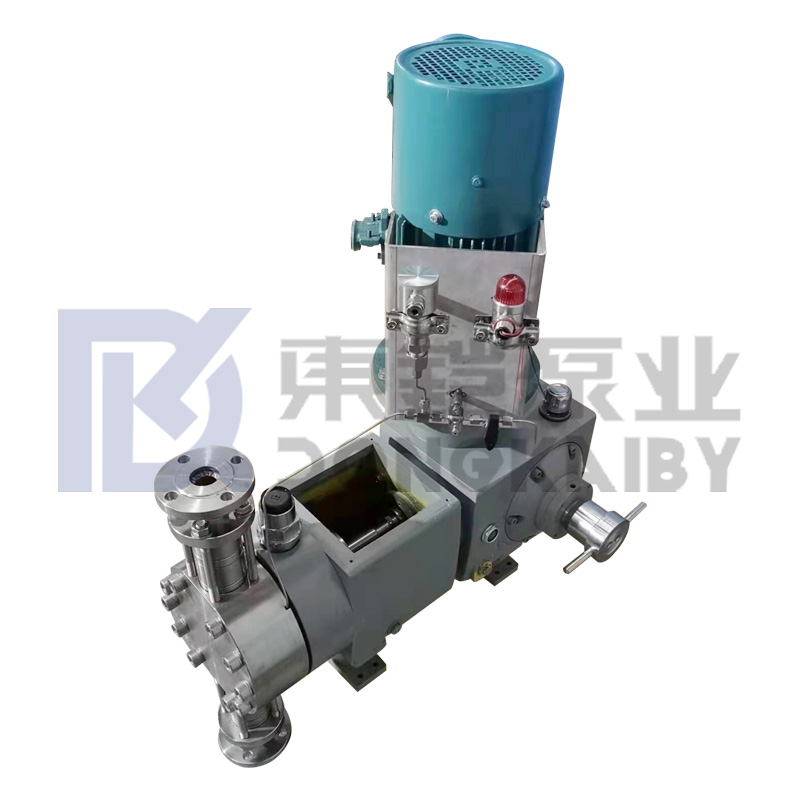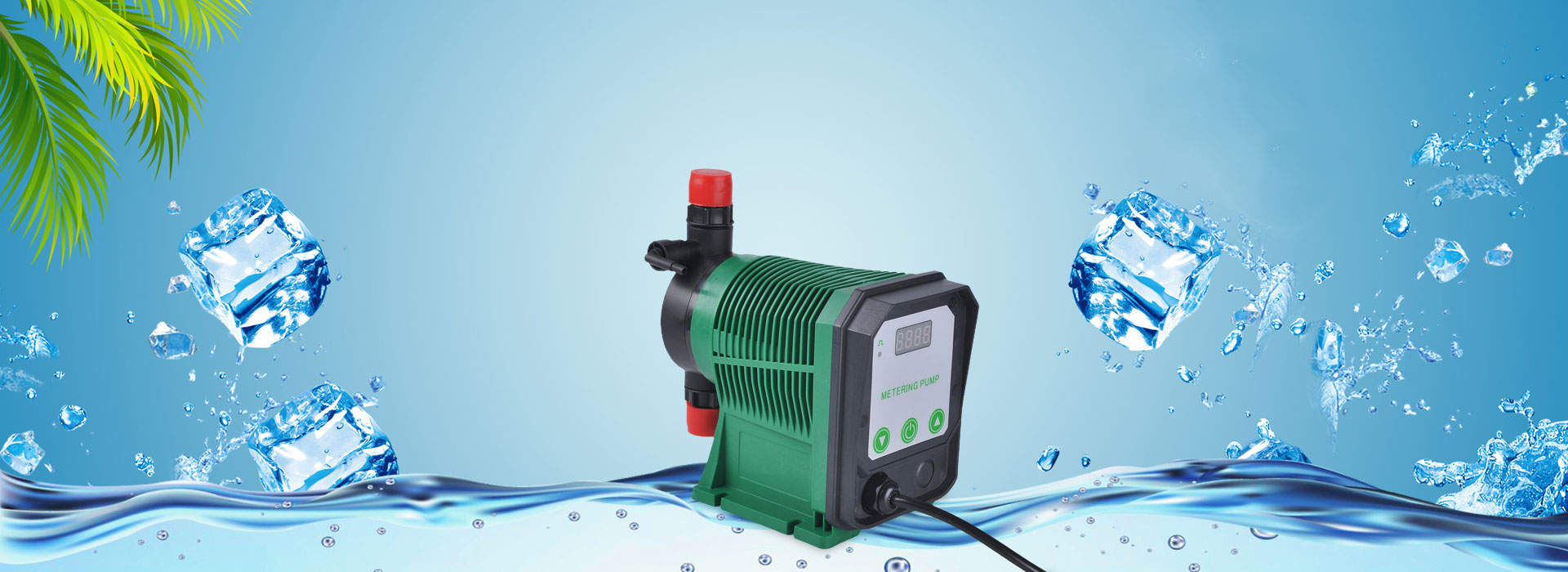- English
- Español
- Português
- русский
- Français
- 日本語
- Deutsch
- tiếng Việt
- Italiano
- Nederlands
- ภาษาไทย
- Polski
- 한국어
- Svenska
- magyar
- Malay
- বাংলা ভাষার
- Dansk
- Suomi
- हिन्दी
- Pilipino
- Türkçe
- Gaeilge
- العربية
- Indonesia
- Norsk
- تمل
- český
- ελληνικά
- український
- Javanese
- فارسی
- தமிழ்
- తెలుగు
- नेपाली
- Burmese
- български
- ລາວ
- Latine
- Қазақша
- Euskal
- Azərbaycan
- Slovenský jazyk
- Македонски
- Lietuvos
- Eesti Keel
- Română
- Slovenski
- मराठी
- Srpski језик
The role of safety valve in metering pump
2022-02-21
The metering pump safety valve is also called the overflow valve. Safety valves generally exist in the following forms. Piston type safety valve, the valve core is a flat plate. The spring-type safety valve refers to the sealing of the valve disc and the valve seat by the force of the spring. The lever type safety valve relies on the force of a lever and a heavy hammer.
The safety valve of the metering pump is mainly to ensure that the pressure in the hydraulic chamber does not appear abnormal to protect the diaphragm. When the hydraulic oil in the hydraulic chamber exceeds the limit due to the replenishment, the diaphragm reaches the front limit plate and the cylinder plug has not yet reached the end of the discharge stroke, the cylindrical plug will still move forward, and the pressure in the hydraulic chamber will rise sharply. The safety valve should open quickly. At the same time, the safety valve of the metering pump can also protect the metering pump from damage when the pressure of the discharge pipeline rises abnormally. The opening pressure of the metering pump safety valve should be easily adjustable enough finely and accurately.



